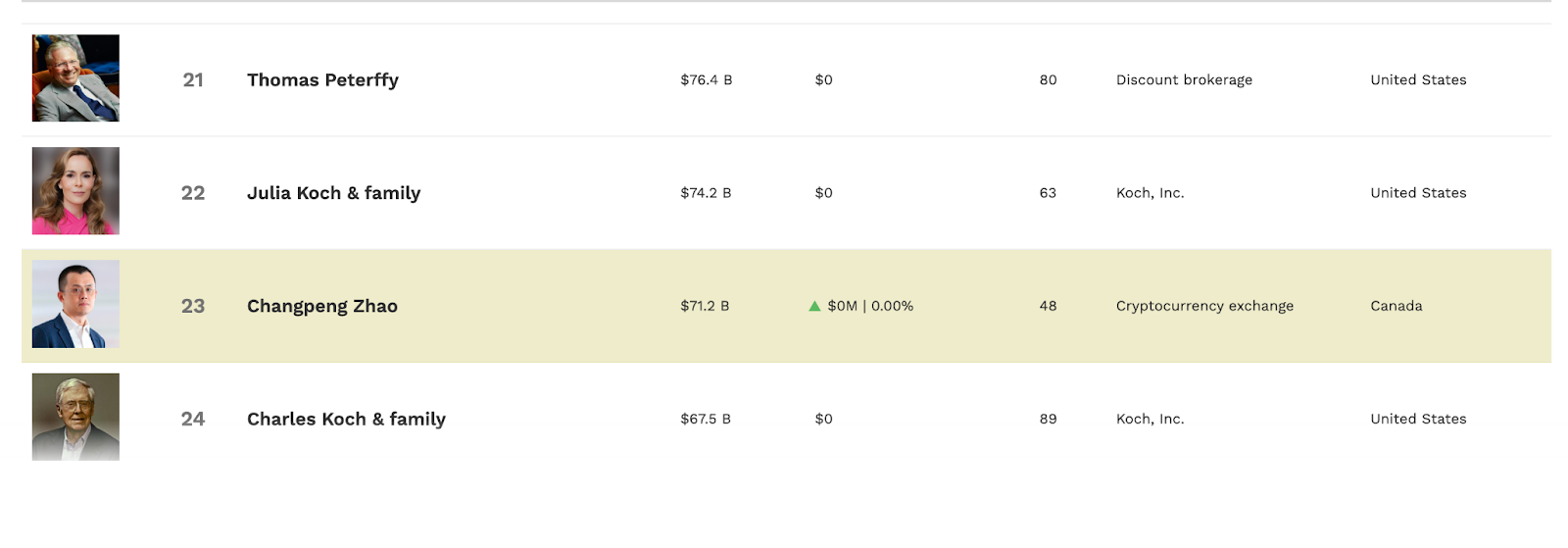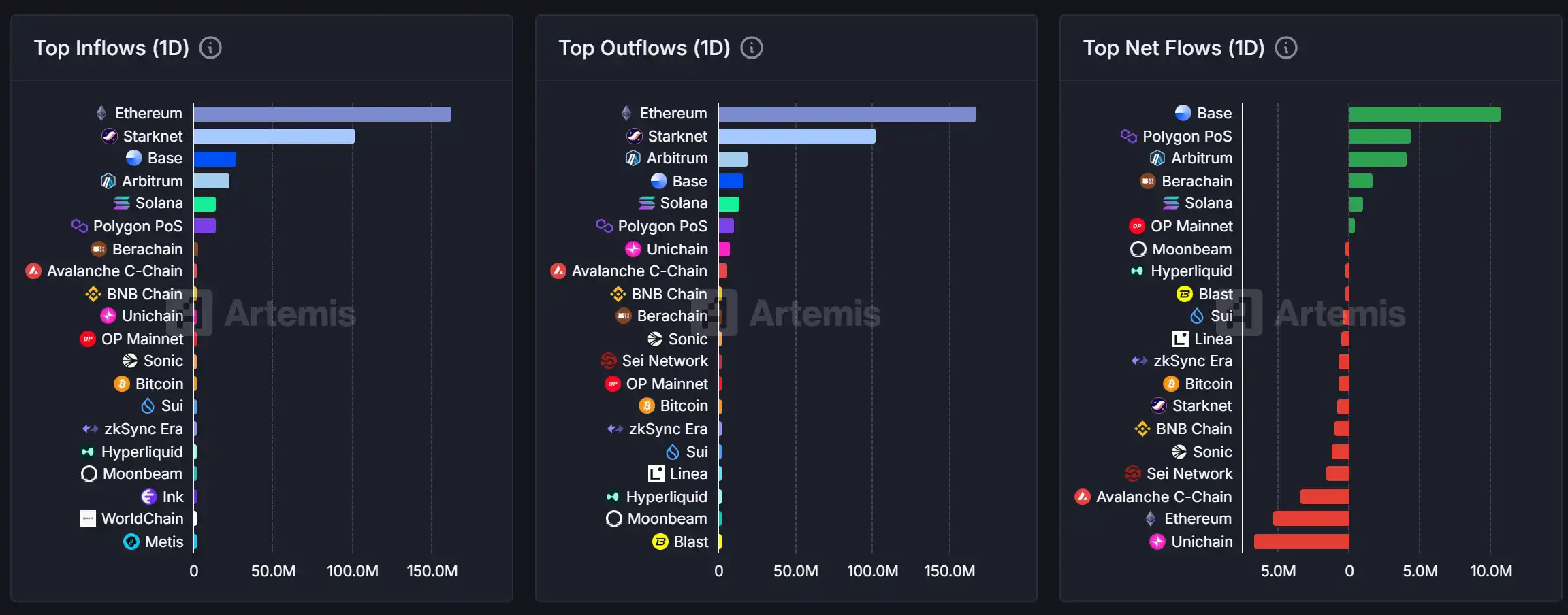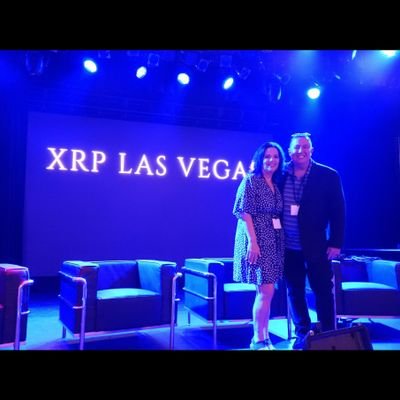XRP price
in USDCheck your spelling or try another.


About XRP

XRP’s price performance
XRP in the news

XRP’s ETF exposure is currently limited to futures, but analysts say any progress toward a spot product could drive a second wave of inflows, particularly if the SEC maintains its softened posture post-March ruling.

Bitcoin's dominance lost a key level, and confirmation could ignite a broader altcoin season, a Coinbase analyst noted.

Ripple (XRP) was also among the underperformers, falling 3.7% from Thursday.

Robinhood has officially listed Hedera (HBAR), the native token of the Hedera Hashgraph network, on...

The transactions occurred shortly after XRP touched $3.60, its highest level since 2021, before pulling back to around nearly $3.

Regulatory overhang, leveraged unwind, and profit-taking collide even as corporate adoption cases grow.
XRP on socials





Guides

XRP on OKX Learn




XRP FAQ
Dive deeper into XRP
XRP is a digital asset that's native to the XRP Ledger — an open-source, permisionless and decentralized blockchain technology.
Legacy payment transfer solutions, such as SWIFT, take several business days to settle international fund transfers and charge high fees because it involves multiple banking partners. Ripple uses the XRP Ledger, an open-source blockchain network, to streamline global payment infrastructure and settle all XRP transactions, allowing businesses to send and receive cross-border payments in three to five seconds. XRP transactions are not only much faster than SWIFT or decentralized payment networks like Bitcoin, but they are much cheaper. To be more specific, XRP’s transaction fees cost only $0.0002.
Companies and financial institutions can use XRP to send real-time cross-border payments, source crypto liquidity from global crypto markets, and create their own central bank digital currency (CBDC).
While payment was the foundation of Ripple's operations in its early years, the protocol has gradually rebranded into a more robust ecosystem in recent years, owing to the explosion of decentralized applications. Today, Ripple provides an environment in which DeFi and NFT applications can thrive, in addition to enabling lightning-fast and cheap payments.
XRP is the native token used to facilitate transactions on the Ripple network.
How does Ripple work
There are three core components of the Ripple network:
- RippleNet: RippleNet is a network of financial institutions, including global banks, that helps users send and receive payments on Ripple. Just as HTTPS provides a common protocol to send information across the web, RippleNet allows value transfer using a uniform set of rules called Ripple Transaction Protocol (RTXP).
- Ripple: Ripple is the core platform powered by XRP Ledger (XRPL) and provides three features, namely the real-time gross settlement system (RTGS), currency exchange, and remittance transfers.
- Gateways: Gateways are banks that act as trusted intermediaries between two transacting parties. These gateways are responsible for transferring funds in fiat and cryptocurrencies using the Ripple network.
What is the XRP Ledger
Blockchains like Bitcoin or Ethereum are decentralized and rely on trustless consensus mechanisms where users do not need to trust each other to send value. On the contrary, Ripple relies on a trust-based consensus mechanism using the XRP Ledger consensus protocol, where transactions are verified by trusted validators.
The XRP Ledger comprises servers that collect transactions from client applications, such as financial institutions, and processes them. Participants using the Ripple network choose a set of servers that participate in a consensus mechanism from a Unique Node List (UNL) maintained by Ripple. These servers are trusted to behave honestly to validate transactions. As long as 80 percent of servers on the UNL agree on a set of transactions, the transactions are verified. If a majority consensus is not achieved, the validators modify their proposals over several rounds until the UNL servers consider the transitions valid.
The XRP Ledger servers are operated by companies and financial institutions. Ripple, XRP Ledger Foundation, and Coil (a Ripple-funded platform) release lists of recommended validators based on metrics like past performance, verified identity, and IT policies.
XRP price and tokenomics
Ripple minted a hard-capped supply of 100 billion XRP at launch. Of these 100 billion XRP tokens, 20 percent were given to Ripple founders Chris Larsen and Jed McCaleb, 77.8 percent of XRP tokens were allocated to Ripple, and 0.2 percent were airdropped to users.
In 2017, Ripple sent 55 billion XRP tokens from its allocated supply to an escrow account. It was decided that the company would release a maximum of 1 billion XRP tokens per month to support Ripple's operations. The unused funds are sent back to the escrow account by the end of each month. Messari suggests that nearly 300 million XRP from the escrow account enter circulation each month. Ripple reportedly holds 40.7 billion XRP tokens in escrow as of February 2024. Despite the large volume of tokens being moved at regular intervals, the monthly release hasn't caused instability for XRP prices.
All XRP tokens were pre-mined by Ripple at launch. As a result, you cannot mine new XRP tokens. To ease inflation, Ripple has implemented a deflationary mechanism for XRP wherein all the fees collected on the network are burned.
XRP tokens enter circulation when the tokens are sold in the open market. Ripple cannot sell more than 0.25 percent of the average daily volume of crypto exchanges from their reserves during programmatic sales. XRP sales also come from direct selling by institutions partnering with Ripple.
The XRP price reached its all-time high of $3.84 on January 4, 2018. The token has a maximum supply of 100,000,000,000 XRP, and a circulating supply of 55.9 billion as of August 2024.
About the founders
Ryan Fugger founded a decentralized platform for creating and managing credit lines called RipplePay in 2004, which would later become Ripple. In 2011, Jed McCaleb, with a team of developers, started working on a new consensus mechanism for digital currencies, which was later called XRP Ledger. McCaleb was joined by Chris Larsen, David Schwartz, and Arthur Britto.
A year after, Jed McCaleb and Chris Larsen reached out to Ryan Fugger to acquire RipplePay, and Ryan decided to hand over the project to them. After integrating RipplePay, Larsen, and McCaleb launched Opencoin (now Ripple Labs) in September 2012.
Ripple Labs released the XRP cryptocurrency in 2012 and raised over $7.5 million in a Series A funding round led by Andreessen Horowitz in 2013 to fund the development of the Ripple project. Since then, be it implementing stricter anti-money laundering policies or obtaining a BitLicense from the State of New York, Ripple has focused on gaining the trust of financial institutions to join their network and process payments.
Brad Garlinghouse, who joined as Ripple's first Chief Operating Officer in 2015, was appointed the company's Chief Executive Officer at the start of 2017, replacing Larsen. Garlinghouse continues to hold the position of Ripple CEO today.
Ripple highlights
Ripple is popular among businesses due to the numerous business opportunities it offers. Santander adopted Ripple's technology for the launch of One Pay FX in 2016. The service aimed to provide faster and more cost-effective cross-border payments to clients. In the same year, Ripple launched a pilot program with Standard Chartered to bring its fast cross-border payment services to the lender's customers.
After adding XRP support in 2018, Wirex, a digital payments platform that supports transactions in cryptocurrency, received 12 million in XRP deposits. Additionally, Ripple gained visibility and credibility in the cryptocurrency industry in 2019. The Swiss SIX exchange launched an XRP ETP (exchange-traded product) in April, making it easier for traders to gain exposure to XRP. Nasdaq also added XRP to its cryptocurrency indexes, which helped to increase awareness and adoption of the cryptocurrency. Furthermore, Boerse Stuttgart, the second-largest stock exchange in Germany, launched XRP exchange-traded notes. Ripple announced at the end of 2019 that it had raised $200 million from Tetragon, SBI Holdings, and Route 66 Ventures.
In April 2024, Ripple announced plans to launch a U.S. dollar-pegged stablecoin that would compete with current leading stablecoins USDT and USDC, from Tether and Circle, respectively. Ripple has said the stablecoin will be backed 1-to-1 by equivalent assets including cash, U.S. dollar deposits, and government bonds. The stablecoin will initially be launched in the U.S.
Ripple and the U.S. Securities and Exchange Commission (SEC)
Ripple previously faced legal challenges from the U.S. Securities and Exchange Commission (SEC). The SEC alleged that XRP is a security subject to federal securities laws, while Ripple argued that XRP is a currency and, therefore, not subject to the same regulations.
A significant legal milestone was achieved in the cryptocurrency industry during July 2023 as U.S. District Judge Analisa Torres ruled that Ripple Labs Inc did not violate federal securities law by selling its XRP token on public exchanges. This ruling marks the first victory for a cryptocurrency company in a case brought against the SEC.
This outcome could have far-reaching implications for the broader cryptocurrency market, as it sheds light on the regulatory landscape surrounding digital assets and token sales.
Disclaimer
OKX does not provide investment or asset recommendations. You should carefully consider whether trading or holding digital assets is suitable for you in light of your financial condition. Please consult your legal/tax/investment professional for questions about your specific circumstances. For further details, please refer to our Terms of Use and Risk Warning. By using the third-party website ("TPW"), you accept that any use of the TPW will be subject to and governed by the terms of the TPW. Unless expressly stated in writing, OKX and its affiliates (“OKX”) are not in any way associated with the owner or operator of the TPW. You agree that OKX is not responsible or liable for any loss, damage and any other consequences arising from your use of the TPW. Please be aware that using a TPW may result in a loss or diminution of your assets. Product may not be available in all jurisdictions.































